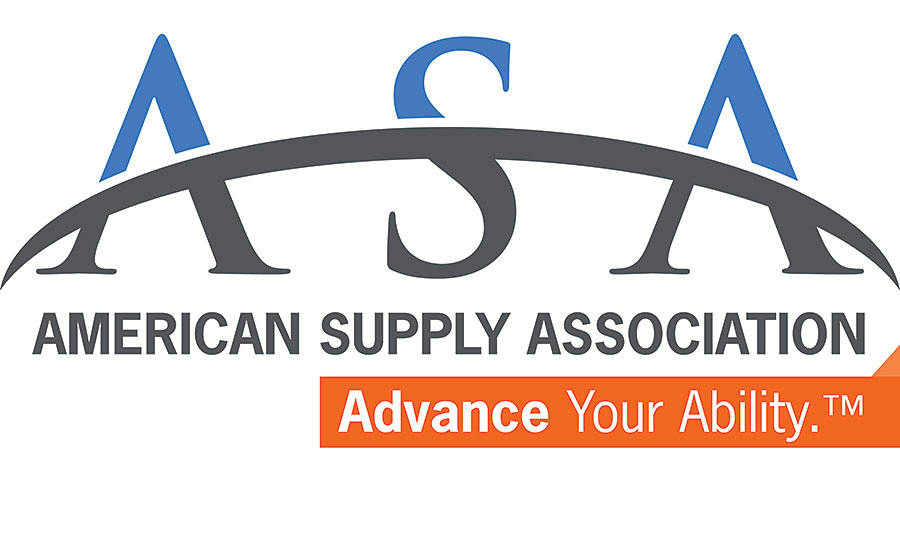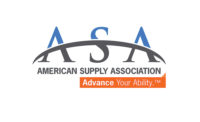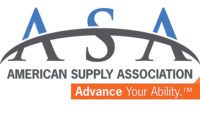I thought this might be a good time to remind readers of the adopted final rule and the impact of the rule on the marketplace. The final rule is available for review in two parts: the energy conservation standards for pumps and the test procedure for the pumps. The final rule became effective on March 26, 2016.
Probably the most significant aspect of the rule is the actual compliance date and the potential impact on distribution of pumps not in compliance following the compliance date. The compliance date applies to pump categories listed in the final rule that are “manufactured in, or imported into, the United States on and after January 27, 2020.” As stated, the compliance rule applies to a manufacturing date and not a sales date. The interpretation of the rule is that pumps manufactured prior to January 27, 2020 that are not in compliance with the rule will be allowed to be sold following the compliance date.
The scope of the final rule covers clean-water pumps, defined as “a pump that is designed for use in pumping water with a maximum nonabsorbent free solid content of 0.016 pounds per cubic foot, and with a maximum dissolved solid content of 3.1 pounds per cubic foot, provided that the total gas content of the water does not exceed the saturation volume, and disregarding any additives necessary to prevent the water from freezing at a minimum of 14℉.” In addition, clean water pumps covered under the scope are further defined by the following five categories:
- End suction close-coupled;
- End suction frame mounted/own bearings;
- In-line;
- Radially split, multi-stage, vertical, in-line diffuser casing; and
- Submersible turbine.
The following clean water pumps that fall within one of the above five categories but are exempt from the rule are:
- Fire pumps;
- Self-priming pumps;
- Prime-assist pumps;
- Magnet driven pumps;
- Pumps designed for use in a nuclear facility subject to 10 CFR part 50; and
- Pumps meeting requirements set forth in MIL-P-17639F, MIL-P-17881D, MIL-P-18682D, MIL-P-18472G.
Compliance with the new rule is expressed as a Pump Energy Index (PEI). A PEI greater than 1.00 would indicate the pump does not comply with the DOE’s energy conservation standard. The PEI is required to be included on the permanent nameplate of the pump, in addition to it being prominently displayed on each page of the catalog that lists the pump and on other material used to market the pump.
The rule does take into consideration that when pump manufacturers sell a bare pump to a distributor, the distributor may trim the impeller prior to selling the pump to a customer. The labeling requirements include the pump impeller diameter, however the manufacturer only is required to include the actual impeller diameter if the pump is distributed in commerce directly to the end-user; otherwise the field must be left blank.
Jan. 27, 2020 is not too far away, so I encourage you to review the final rule and reach out to your pump suppliers to make sure all is on track for being in full compliance. If you do not have the time to review the entire rule (and I get it!), I suggest you visit the Hydraulic Institute website where there is additional information about the rule and a FAQ section.



